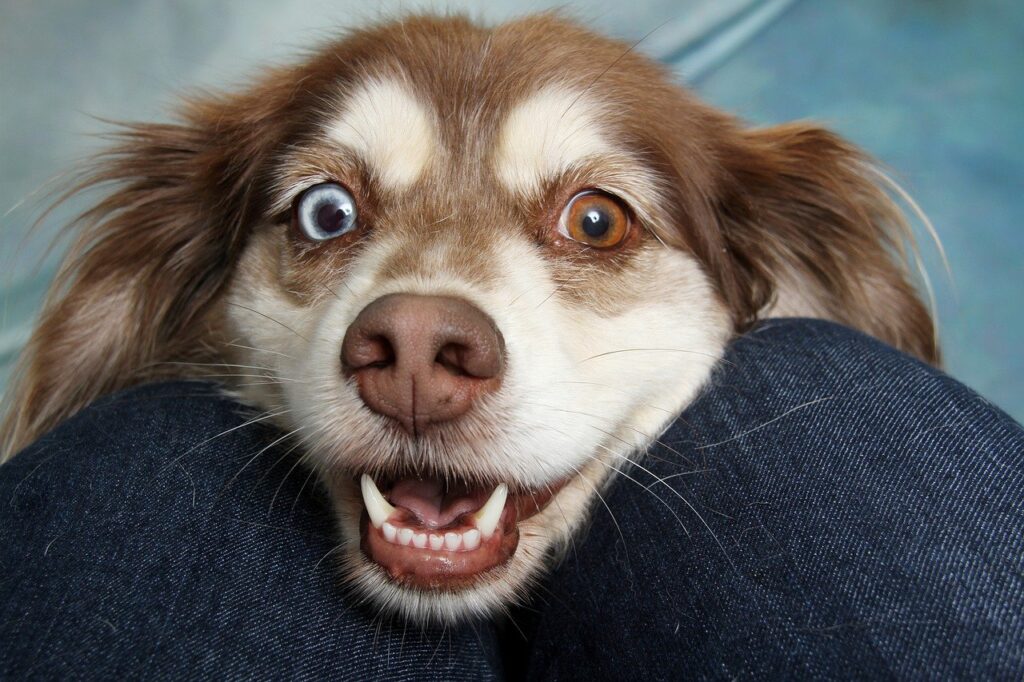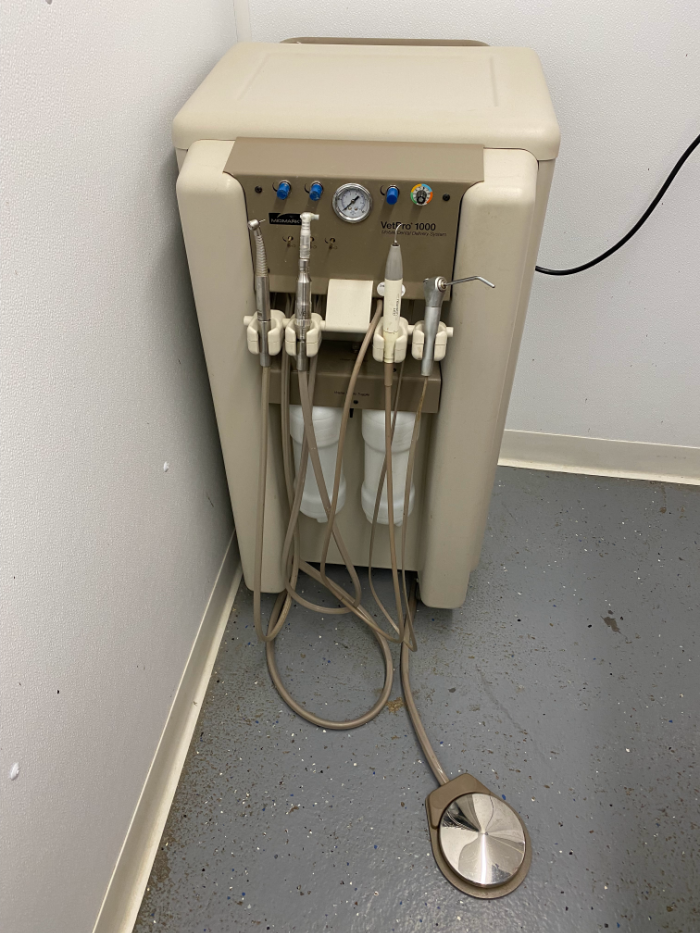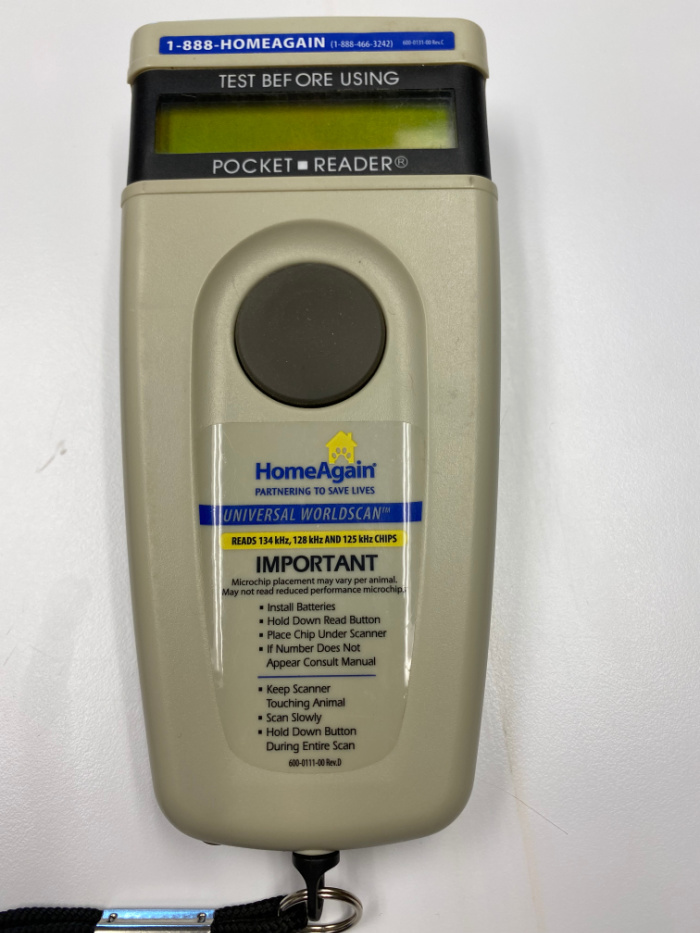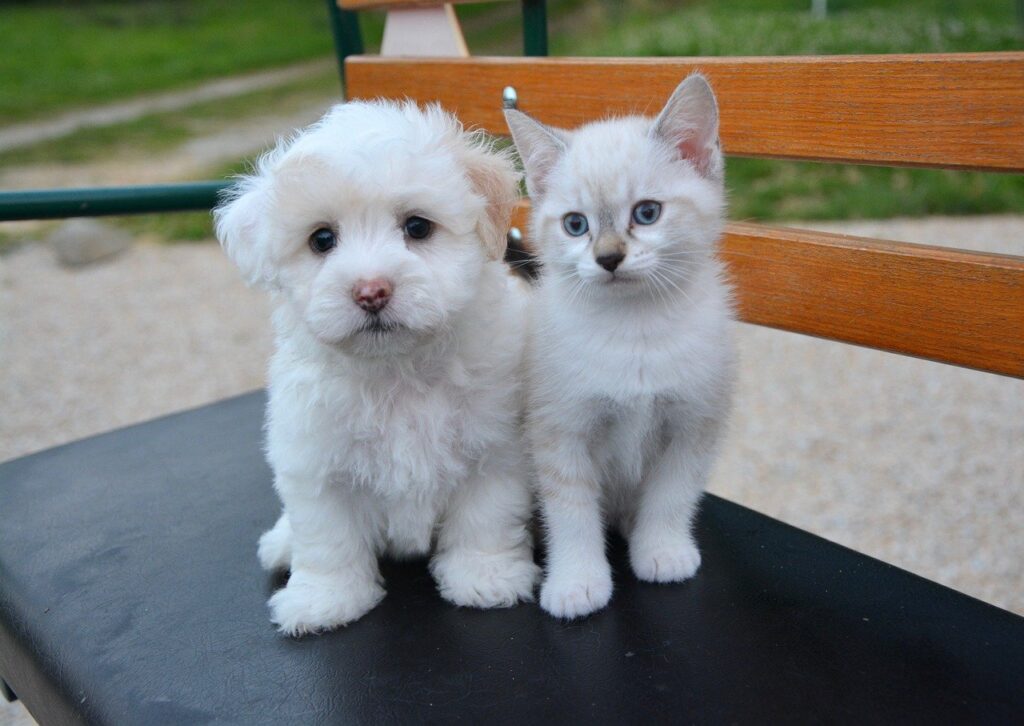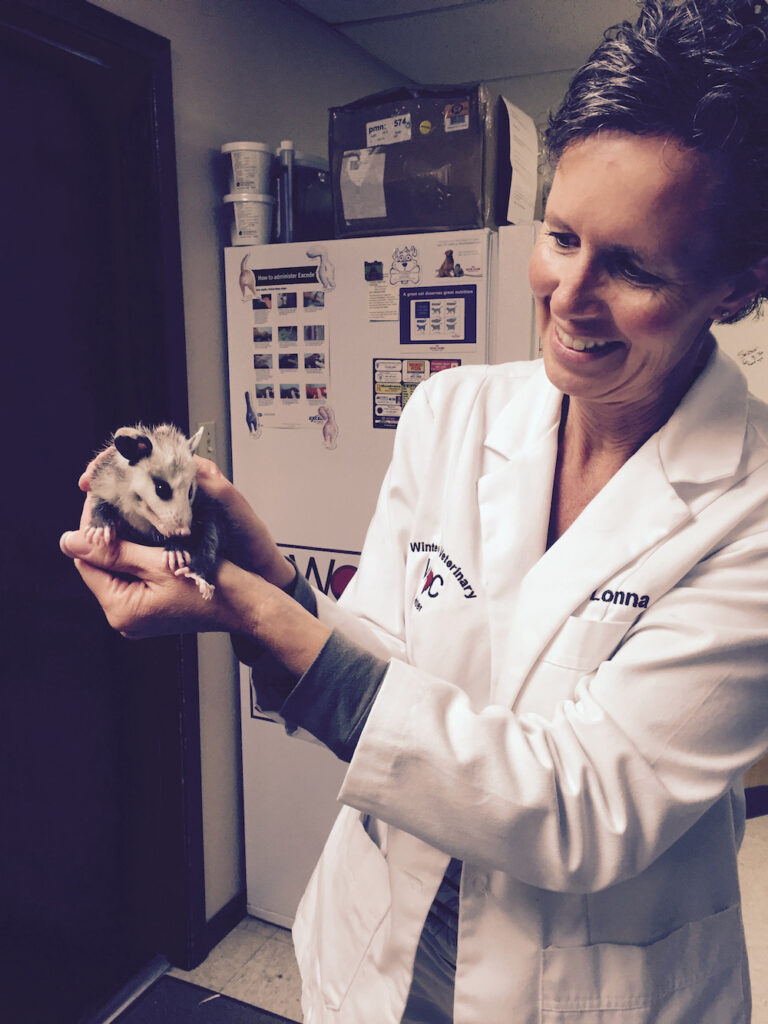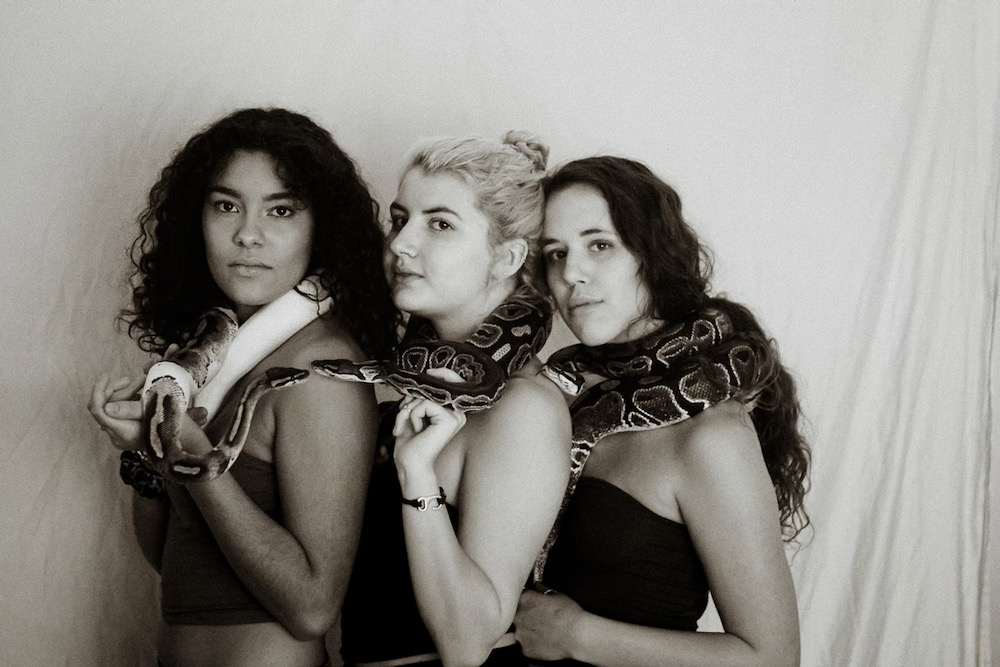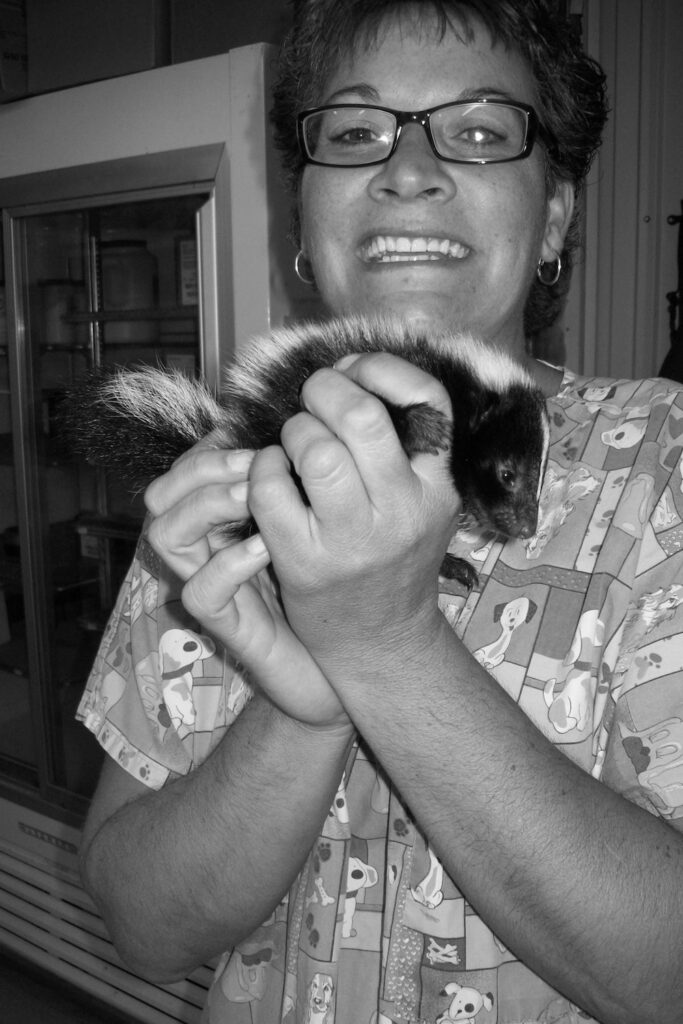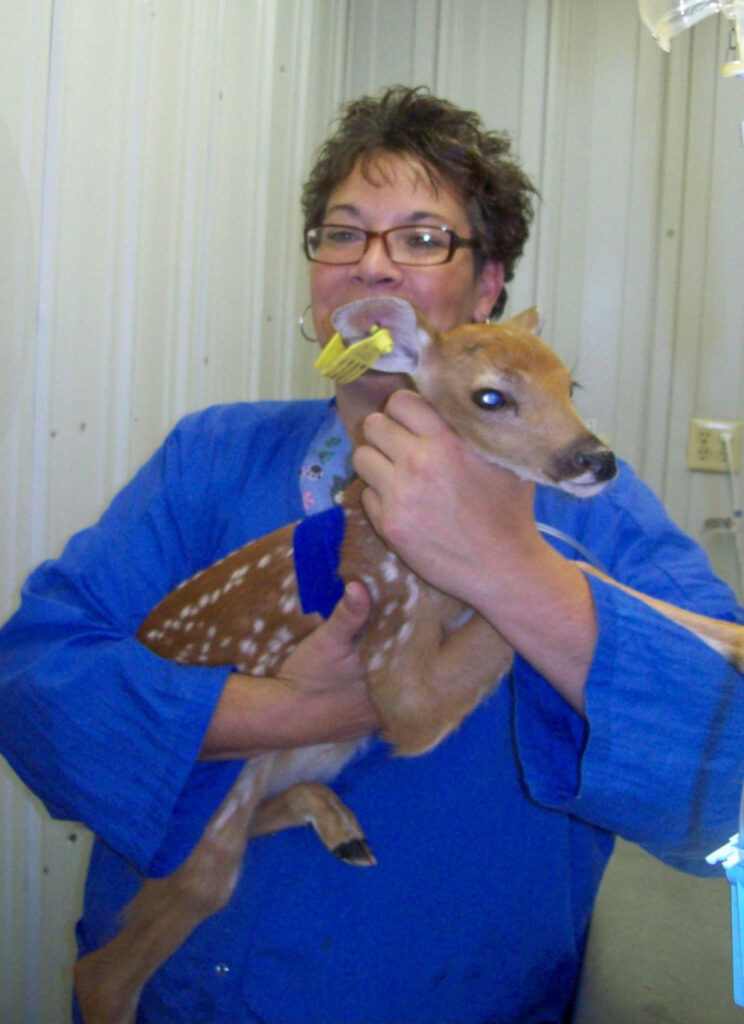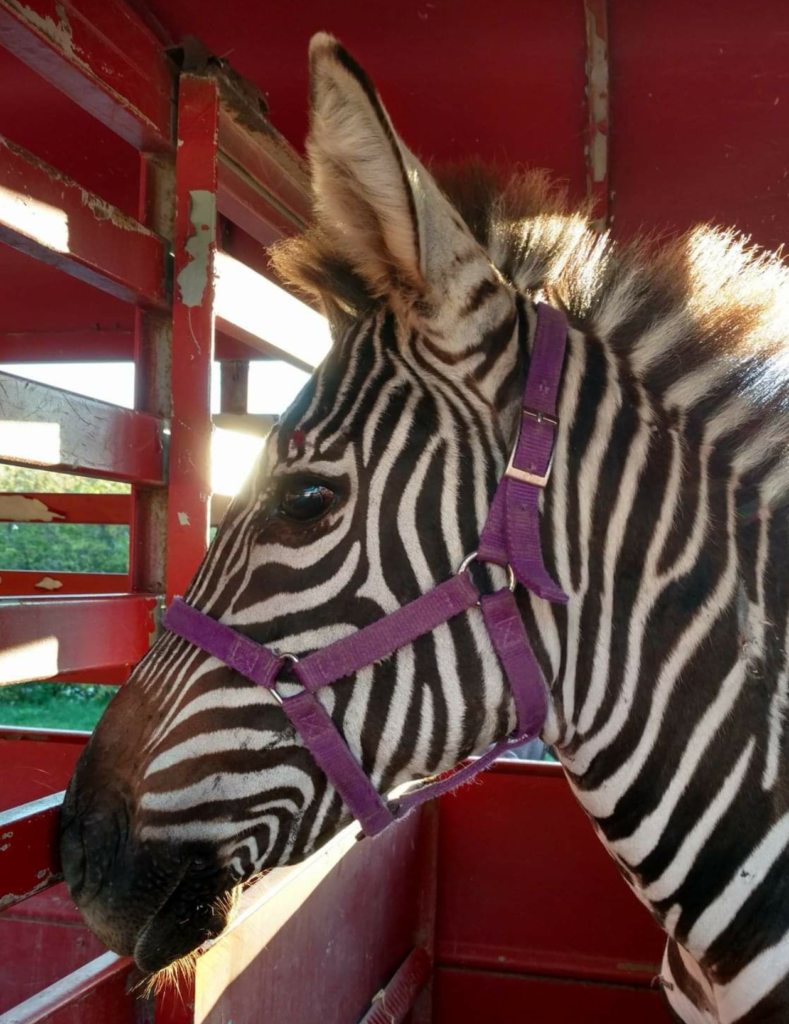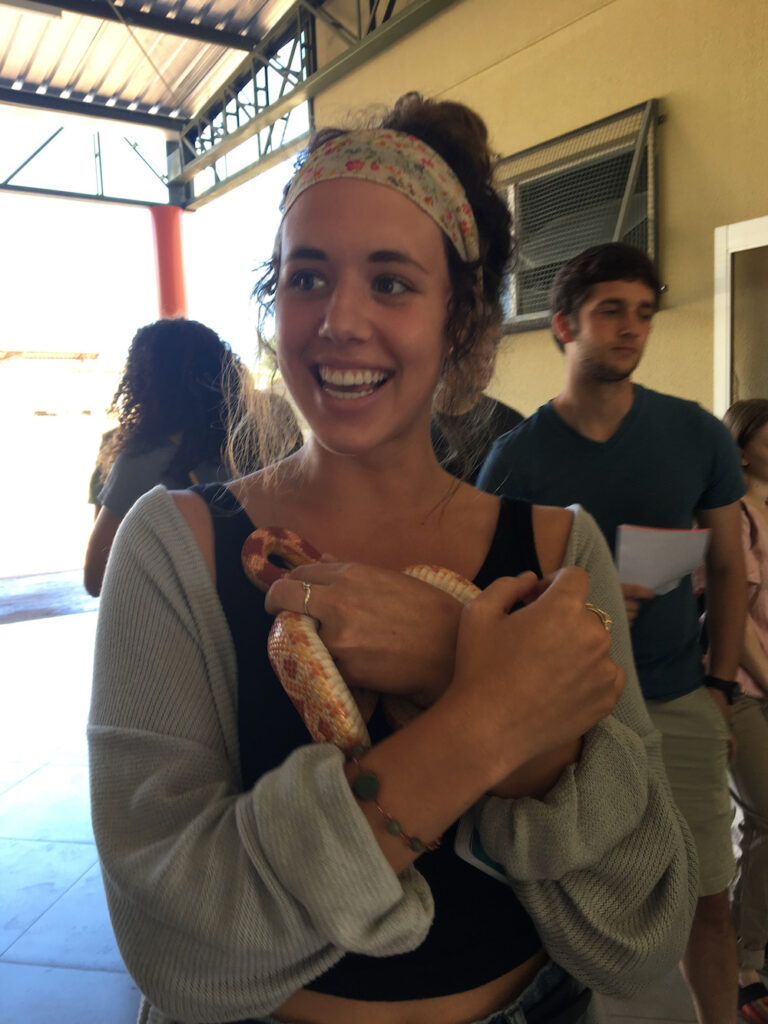2022 February is Dental Health Month
Dentistry equipment is another item we use in the practice routinely. This has been an important tool as most pets have some amount of dental disease by the age of 3. It has been said that without brushing your pet’s teeth at least 4 times a week they will develop issues with tarter and gum disease. If you begin brushing your pet’s teeth at an early age most of them enjoy the flavored toothpaste and attention. I encourage people to start with their puppies and kittens before the age of 4 months therefore they see it as a part of the daily routine and not something to fear.
Interesting enough when I graduated in 1988 from the College of Veterinary Medicine we had very little time spent on dental hygiene. There was an awareness that teeth would need to be pulled or jaws repaired related to trauma or age. We knew that teeth can get bad in a short period of time but the idea of doing regular dental care was less common. Amazing changes have taken place since then.
Veterinary Dentistry has become an area of specialization. Besides doing scaling/polishing/extractions, we now have dogs with braces, root canals, crowns, orthodontic care, etc. These advancements are important to be aware of since years ago, the only option was extraction. Now a tooth can be saved which prevents further decay to the rest of the teeth surrounding the bad tooth. Often when the 4th premolar tooth is removed the pets will no longer chew on that side so tarter build up occurs faster.
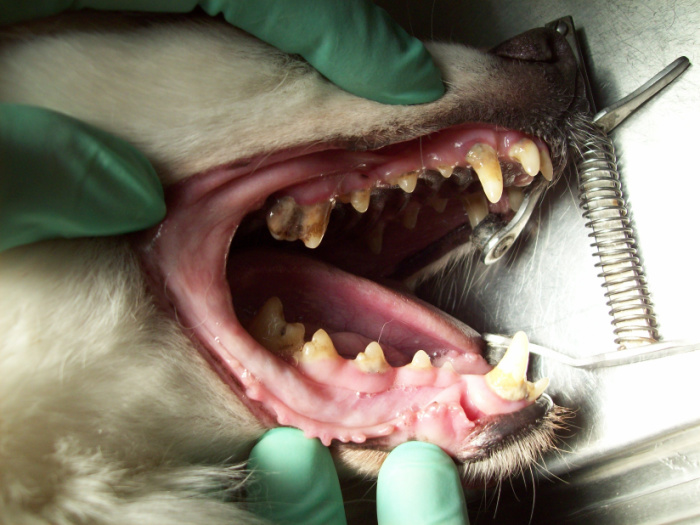 Before
Before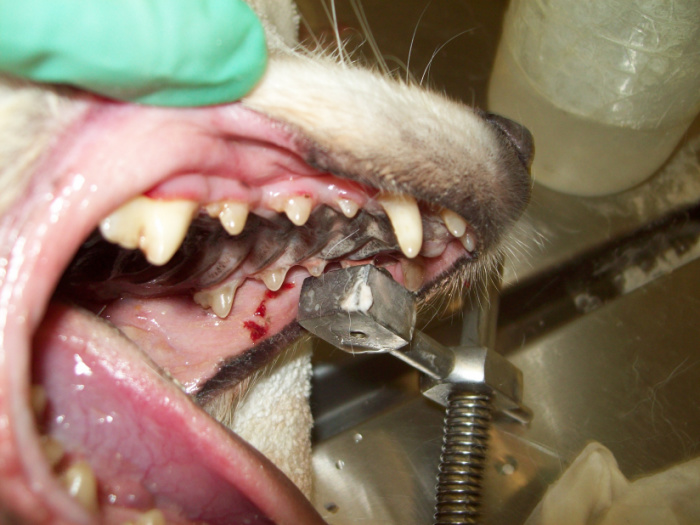 After
After
It is important to FLIP THE LIP of your dog or cat. Look at the surface of the teeth and determine if dental care is needed. Be certain to look at the front of the mouth but also the larger premolars and molars towards the back. Pets have a salivary gland above those upper teeth and that contributes to the accumulation of tarter. Foul breath can also be an indication of need for dental preventative care. If the odor is not consistent it may be something else that is causing the bad breath. Many pet owners want to believe that bad teeth are the cause of their pet not wanting to eat. Research shows that rarely is dental disease the cause of pets not eating. We see some horrible mouths and those dogs and cats are still eating.
Our pets need to be under anesthesia to have their teeth professionally cleaned. An assessment is done of the teeth to determine viablilty of the teeth. Large chunks of tarter are removed with hand tools prior to extractions. This gives visualization of the tooth surface to see if there is any damage to the tooth. The mobile dental machine has dental burrs to help with extractions of multiple root teeth. The 4th premolars have 3 roots and when fractured those roots remain solid so it is necessary to extract the tooth in multiple pieces. Another area where these burrs are important is when the canine tooth is damaged it aids in extractions as well. The root of the canine teeth are as long as what you visibly see of that exposed tooth.
The ultrasonic scaler is used to remove additional plaque on the surface of the teeth and is followed with polishing the teeth. We have flavored polish that freshens the breath temporarily but if good home care is not continued in a short period of time there will be accumulation of plaque once again. Many older dogs and cats do not chew their food anymore which contributes to the poor dental health. There are dental chews and other products that can assist in dental health, but only brushing offers the best long term benefits.
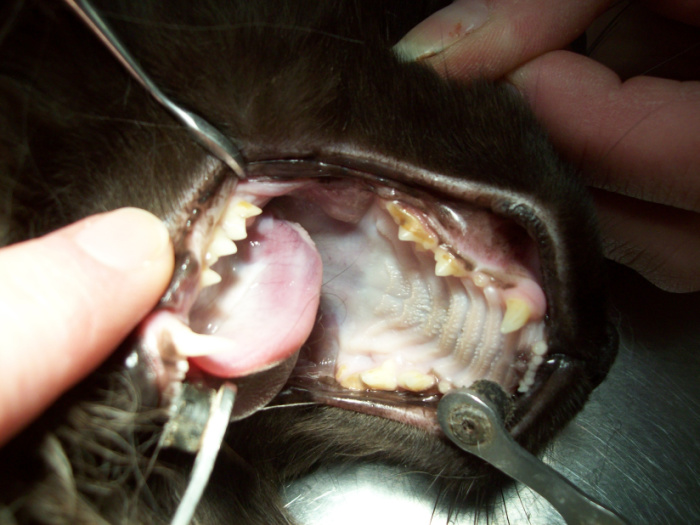 Before
Before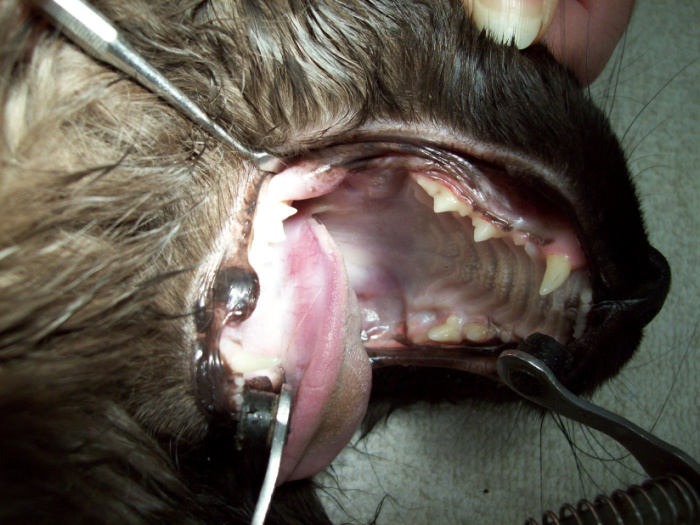 After
After
If no home care is done we expect to see dogs annually for dental preventative care. Once a dog starts having accumulation of plaque with further buildup if hardens and mineralizes to form tarter. As tarter builds up if pushes against the gum surface and gingivitis can develop over time. We also see gum recession and exposure of the root of the tooth all of which damage the tooth and lead to extraction. Pay attention to your pet’s teeth. Abscessed teeth are common in both cats and dogs and occur with advanced dental disease. Avoid these problems by having routine dental care done for your pets. Keep their mouth healthy with routine brushing, dental care, and use of foods that prevent tarter and plaque build up. Doing these things will extend the health of your pet’s teeth. If interested in having your pet’s teeth cleaned we schedule those appointments M-F. The pets come in by 8:30 am and are usually ready to go home anytime after 4:00 pm. They do not need to spend a night with us to have the teeth professionally cleaned. Go ahead and flip your pets lip and see if you need to schedule an appointment with us.
